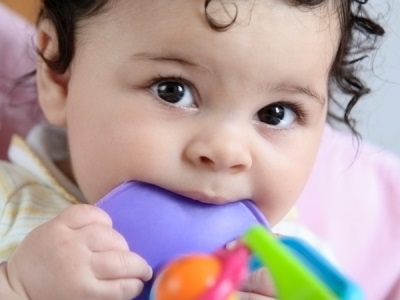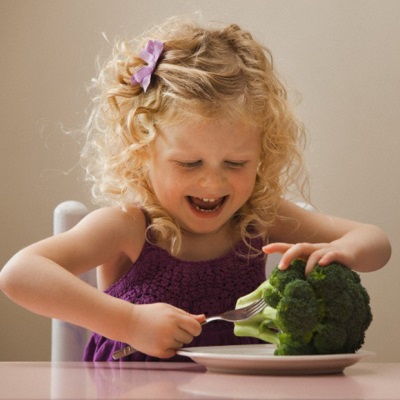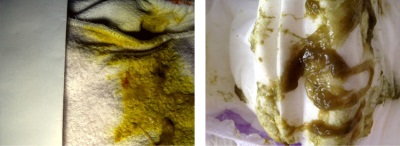Why does a baby have a green chair and what to do about it?
Parents can be alerted by the changing nature of the stool of their child. In particular, a lot of experiences appear due to the acquisition of green color by the chair. In what cases is such a color change normal, and when should the child be shown to a doctor?
Possible reasons
In infants and newborns
The color of the baby’s stool is influenced by various factors — this is the type of feeding, and the mother’s food (if the baby receives breast milk), and the mixture substitution, and the immaturity of the digestive tract of young children. The body of a small child is not yet fully ready to digest food - it does not contain the right amount of bacteria, and the right amount of enzymes is not released.
The first cal of a newborn is green (dark green), it is called meconium. Such feces are very thick and is the norm for the first days of a baby’s life. The green shade of the baby-fed breastfeeding chair is also a variant of the norm.
During the period when teeth are cut at the baby, the feces can also turn green, as the baby pulls toys into its mouth and gnaws them. Bacteria that enter the intestines can cause disruption of microflora.
The reasons for the green color of feces in newborns and infants can also be:
- Excess sugar in the diet.
- Indigestion (like a baby, and nursing mommy).
- Changes in the nutrition of the mother (if the crumb gets breast milk) For example, an insufficient amount of dairy products in the diet, eating green foods, as well as food with artificial additives.
- Large dosage of iron in the mixture (if the baby is bottle-fed).
- Sucking baby only front milk.
- Start the introduction of complementary foods.
Read more in the following articles:
In older children
The color of the stool in an older child may change due to the consumption of certain foods, indigestion, or excess sugar in food.
Other causes of green feces in older children are:
- Infectious diseases with intestinal damage.
- Worm invasions.
- Lactase deficiency.
- Allergic reactions.
- Enterocolitis.
- Congenital diseases of the digestive tract.
- Taking vitamins, iodine, iron, chlorophyll and other dietary supplements.
Foods that may cause dark green feces - green vegetables (onion, dill, cabbage, spinach, lettuce, broccoli), licorice, red beans, chocolates with dyes, fruit juices, red meat, muesli, cereals, sea fish. After consuming these products, the stool may turn green within five days.
Due to the consumption of dyes, the stool can become bright green.
Additional symptoms for anxiety
You should be alerted by such changes associated with the fecal acquisition of a green hue:
- The dullness of the child, capriciousness.
- Bad appetite.
- Increased body temperature.
- Child complaints of abdominal pain.
- The appearance of fetid odor of feces.
- The appearance in the feces of blood impurities.
- The presence of mucus.
- Very frequent liquid greenish stools.
- Drowsiness, weakness.
- Nausea as well as bouts of vomiting.
- The appearance of a rash.
- Unpleasant smell from the mouth.
- Bloating.
- Reduction in body weight in infants.
Such signs should be the reason for the visit with the child to the clinic. The presence of blood and mucus in the feces may indicate an inflammatory process in the intestine. Increased temperature in combination with abundant and frequent greenish stool is characteristic of infectious lesions of the gastrointestinal tract. If you do not pay attention to such symptoms in time, there is a risk of dehydration of the child’s body and the spread of infection.
What to do?
First you need to figure out what are the possible causes of a change in the color of a child’s chair. It is more important to pay attention not to the color of feces, but to the child's well-being. If his appetite, sleep and general condition are normal, and you are only worried about the green color of his feces, you should not worry.
If the reason for the green color of the chair was a new mixture, it is recommended to replace it with another food that the baby will digest better. In cases when food color, dietary supplements and food coloring agents cause a change in stool color, nothing needs to be done. Provided that in addition to the unusual color of feces there are no other alarming symptoms.
Prevention
Preventive measures against green stool in young children are:
- Keeping mothers on a diet.
- Careful selection of artificial mix.
- Timely introduction of complementary foods.
- Compliance with the diet and prevent overeating.
- Careful introduction to the diet of allergenic products.
- Regular visits to the pediatrician.








